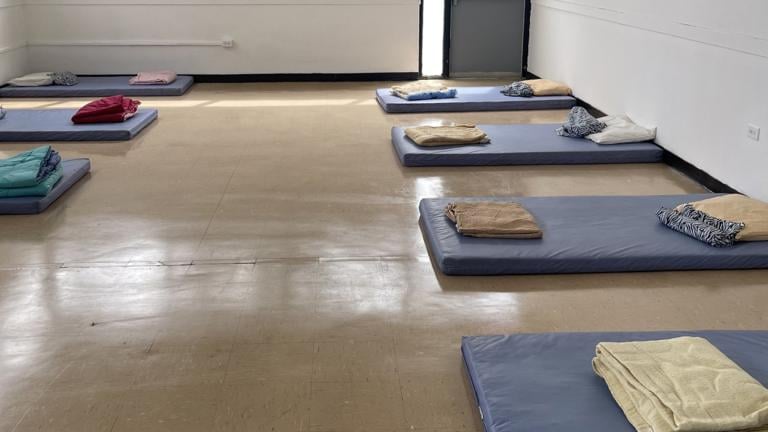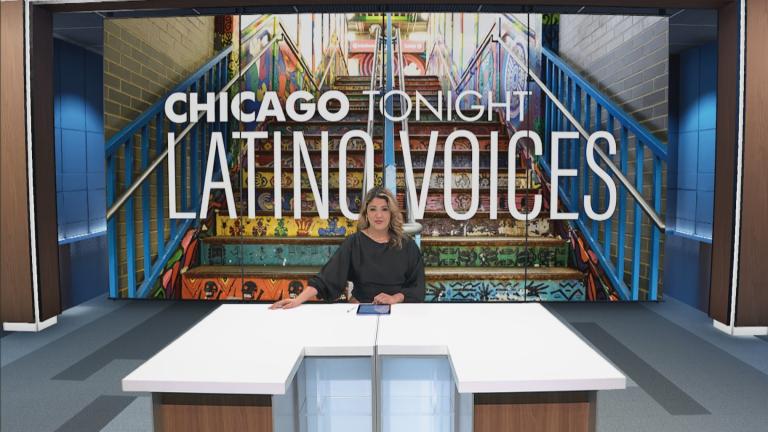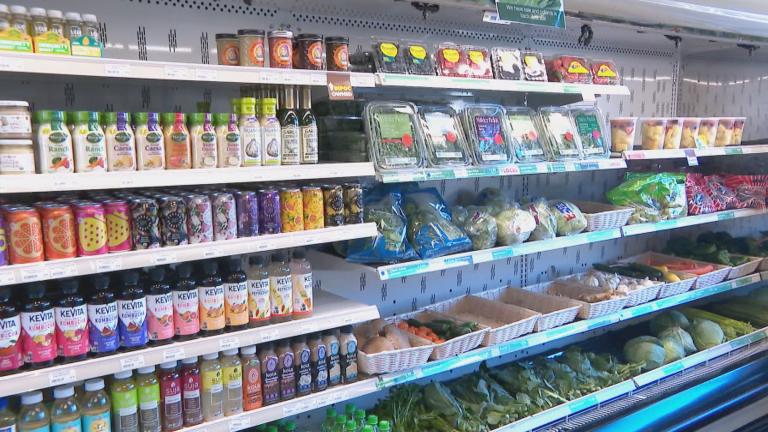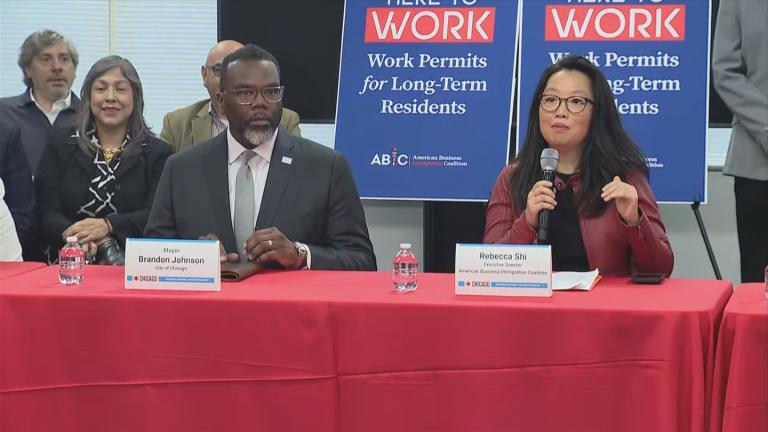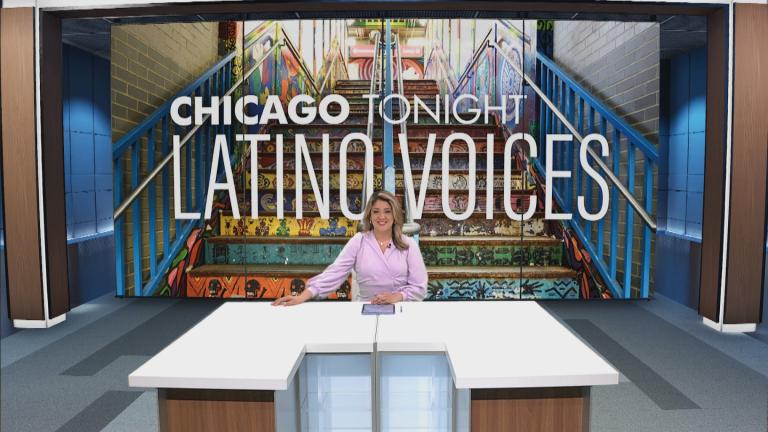Throughout much of Chicago’s history, the skyline of the Southeast Side has been smokestacks, and its residents worked at the manufacturers under them. But over the years, all that industry has taken a toll, harming both the natural environment and the health of residents.
This week, the Chicago City Council approved a measure tightening rules on industrial operations and recycling centers in an attempt to address air pollution in communities like the Southeast Side. But Southeast Side resident, activist and Natural Resources Defense Council Midwest outreach manager Gina Ramirez says the legislation doesn’t go far enough.
“We have been trying to work on this with the mayor’s office for a few months, and a lot of watered-down versions ended up getting passed,” says Ramirez. “It is notable that 12 aldermen and all of the big greens in the Chicago area were against this ordinance because they didn’t think it was strong enough either.”
In recent months, the tension between industry and community has escalated, as protests erupted against metal scrapper General Iron’s proposed relocation to the Southeast Side. And while activists say the area has been overburdened with industry, the need for jobs with low barriers to entry is still high.
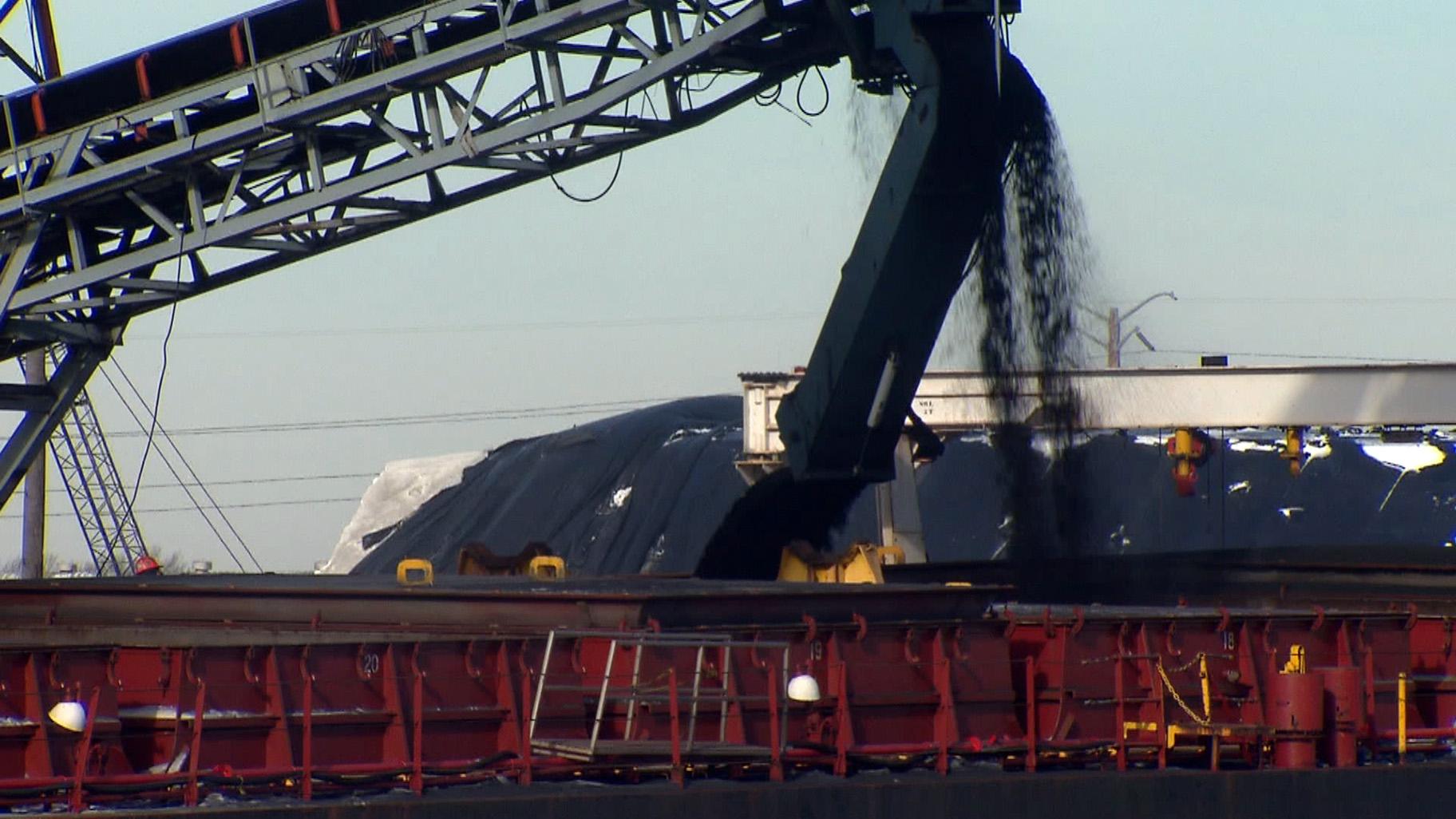 Over the years, industry has taken a toll on the Southeast Side, harming both the natural environment and the health of residents. (WTTW News)
Over the years, industry has taken a toll on the Southeast Side, harming both the natural environment and the health of residents. (WTTW News)
“There is crisis-level unemployment, especially in Black and Brown communities,” says Erica Swinney Staley, executive director of the community and economic development nonprofit organization Manufacturing Renaissance. “Manufacturing represents quality jobs with good wages accessible to a wide diversity of people of different education levels, skills and talents. About 58,000 jobs in manufacturing are going unfilled in the Chicagoland area. Manufacturing represents a significant number of career‐track jobs do not require a 4‐year degree to access. These are the kind of jobs that create social capital as well as economic capital.”
But Swinney Staley acknowledges that the decades of damage in communities like the Southeast Side make simple policy solutions nonexistent.
“Manufacturing Renaissance sees this as a bigger, more complex problem than individual industrial companies and/or communities can solve independently. Especially in an urban context, harm to the environment has already been done,” she said. “The harm to the environment that is typically concentrated in low‐income Black and Brown communities is well documented and a result of decades of institutionalized racism. This is why … we need to start thinking in terms of creating industrial policy with the goal of creating a more actionable framework of industrial development goals and priorities that can more effectively balance and distribute the need for jobs in context of the need for restoring and building sustainable and more healthy communities.”
Ramirez points to the Method factory in Pullman as an example of the kind of industrial development she would like to see more of in her community.
“It brings economic vitality without being a hazard to the community’s health. We’re at a crossroads right now. We can choose to continue to be on this path of abusing the land, air and water in our communities, or we can bring jobs like the Method factory, that are restorative and sustainable,” said Ramirez.
“At the end of the day, our health should be a priority, and not a subsidy to dirty jobs ... We just need to get rid of the toxic legacy that exists on the Southeast Side, so, let’s get to work.”

